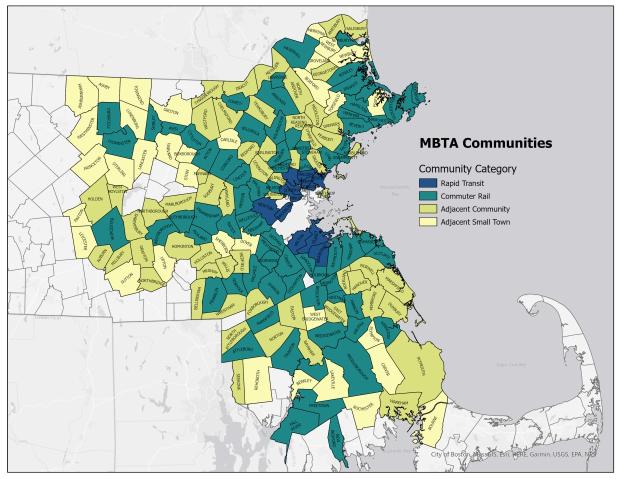MBTA Draft 3A Zoning Bylaw
Materials:
MBTA 3A Zoning Public Forum PowerPoint March 18, 2024
First Draft Salisbury MBTA 3A Zoning Bylaw
Second Draft Salisbury MBTA 3A Zoning Bylaw
This new law requires that an MBTA community shall have at least one zoning district of reasonable size in which multi-family housing is permitted as of right and meets other criteria set forth in the statute:
- Minimum gross density of 15 units per acre
- Located not more than 0.5 miles from a commuter rail station, subway station, ferry terminal or bus station, if applicable
- No age restrictions and suitable for families with children
In total, 177 MBTA communities are subject to the new requirements of Section 3A of the Zoning Act. While served by the MBTA, Boston is exempted from the Zoning Act, including section 3A
How does creating zoning for multi-family housing help the housing crisis?
The lack of zoning for multi-family housing is a barrier for new housing development in Massachusetts. By allowing multifamily housing near transit, we can create new housing in walkable neighborhoods closer to transit. This is not just good housing policy, it is good climate and transportation policy, too. The result of transit-oriented development is:
More housing closer to the places that we go every day, such as local shops, jobs, schools, restaurants, parks, etc.
Better access to work, services, and other destinations by increasing mobility and utilization of public transit
Reduced reliance on single occupancy vehicles, which helps in our larger effort to confront the climate crisis
(mass.gov)
If you would like to know more about Section 3A of MGL c. 40A please visit the mass.gov page.


